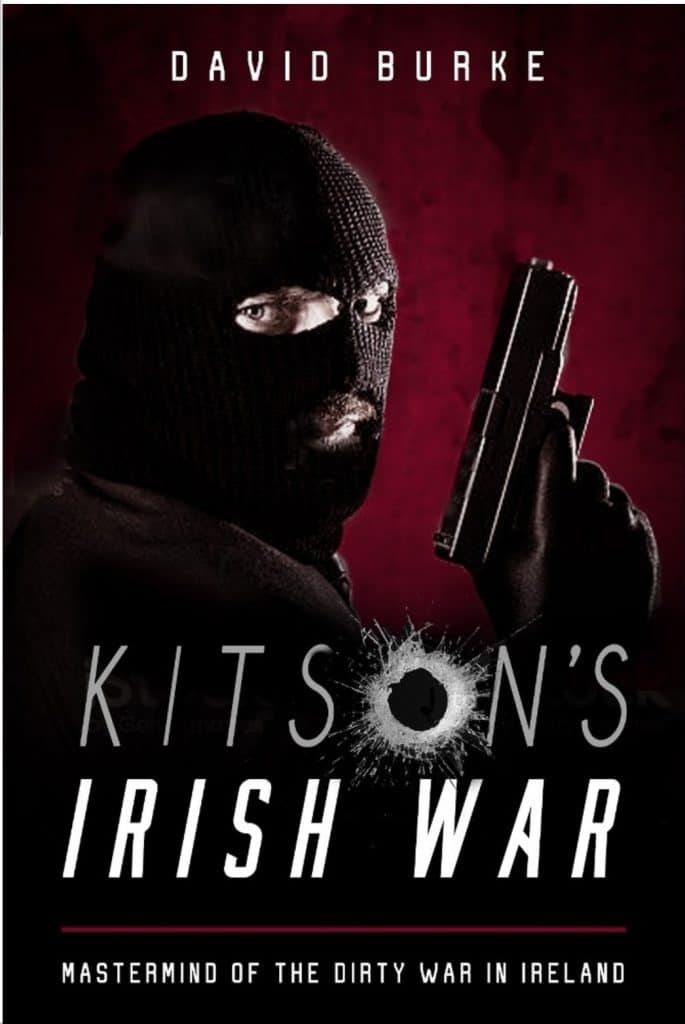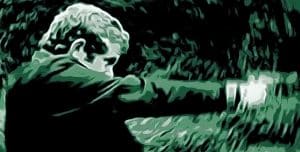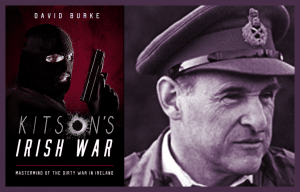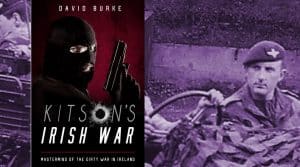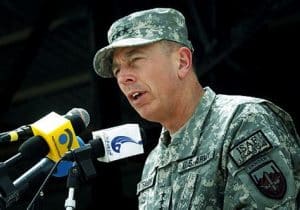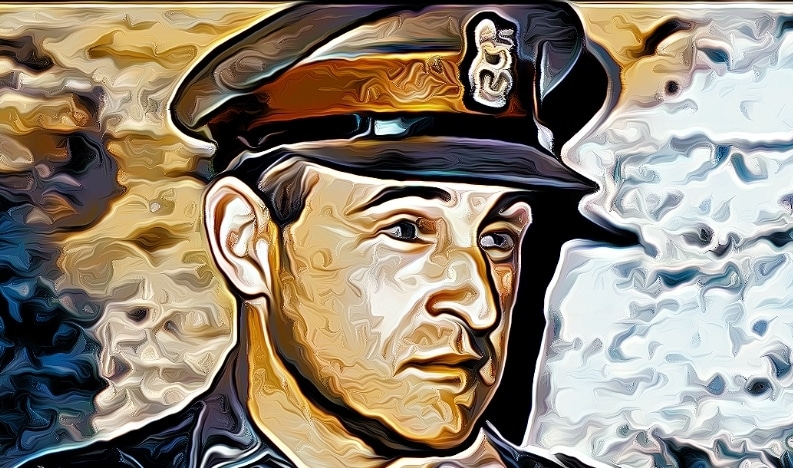
By David Burke.
1. Where was the ‘EFGH’ Unit of Support Company of 1 Para during the Ballymurphy Massacre?

Next week marks the 50th anniversary of the introduction of internment. It began on 9 August 1971. By the 11th, ten people had been murdered by paratroopers in Ballymurphy.
Earlier this year, the coroner who oversaw the inquest for the victims of the Ballymurphy massacre confirmed that none of them had been involved in violence . Put simply, they were killed in cold blood by soldiers of the Parachute Regiment and others working alongside them. One of the victims was a mother who was shot in the head while out looking for her children.

It has also emerged that Lance Corporal David James Cleary – better known as Soldier F – was involved in activity deemed “gallantry” by his superiors on 9-11 August. He was ‘mentioned in despatches’ as a result. Those in command of Cleary included Major Edward Loden, Colonel Derek Wilford and Brigadier Frank Kitson. At a minimum, this means Cleary was involved in some sort of military action, probably an operation involving the discharge of his weapon. Bearing in mind the appalling murders he perpetrated in Derry the following January, it is legitimate to ask what he and others in the Support Company of the 1st Parachute Regiment (1 Para) were doing during the various shootings, incidents that are collectively referred to as the Ballymurphy massacre?
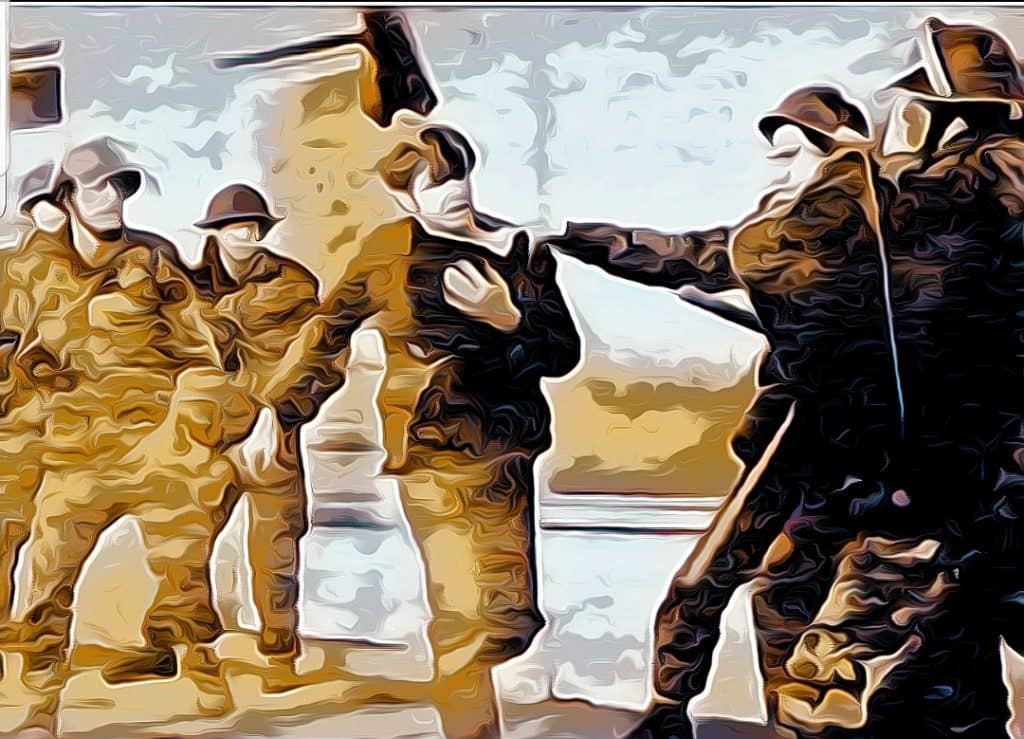
During the Ballymurphy massacre innocent unarmed civilians were shot dead. They posed no threat to the paratroopers. Some were shot in the back. None had paramilitary connections. This is exactly the type of murderous behaviour in which Cleary engaged when he went to Derry a few months later.
The conduct of the paratroopers in Ballymurphy was callous. Joan Connolly was forty years old. She was shot at 7:15 p.m. on 9 August while she scoured the streets for her children. She came across another victim, Noel Phillips, who was lying on the ground. She went to help him. The first bullet threw her to the ground. According to witnesses, after she was hit, she managed to get up again only to be struck by a second round, this one penetrating her head. She had eight children ranging between three and twenty-two. When she was found, half of her skull was missing. Bullets had also penetrated her shoulder, hand and thigh. Her children were taken to Waterford in the Republic of Ireland. They missed her funeral which they saw reported on the television.
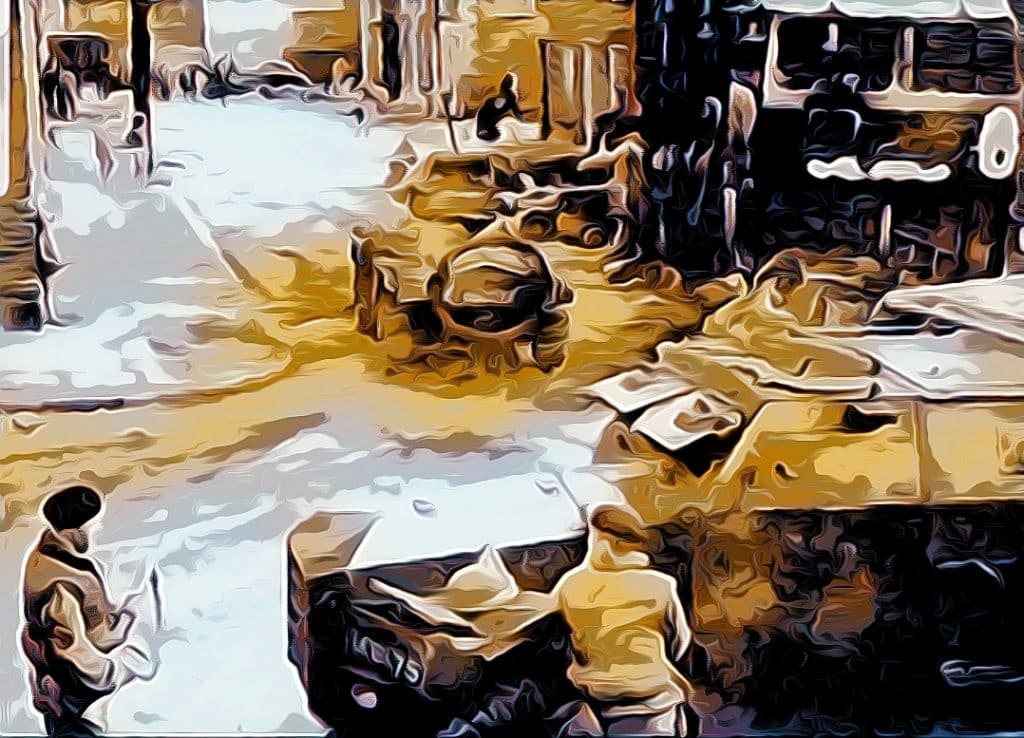
The victims of the massacre were vilified as rioters and paramilitaries.
Cleary was not the only paratrooper ‘mentioned in despatches’ for gallantry in Belfast during 9-11 August who subsequently went to Derry on Bloody Sunday.
2. Support Company Death Squads.
1 and 2 Para had various ‘companies’ including those called ‘support companies’. In normal warfare they carried mortars and provided ‘support’ for the actions of their colleagues. Clearly, there was no need for mortars and the like in Belfast or Derry.
Soldiers attached to 1 Para were deployed in Belfast during the August 1971 internment sweeps. 2 Para was also active.
It is clear that Support Company of 2 Para was involved in some of the murders in Ballymurphy. Did paratroopers from 2 Para’s Support Company ever transfer to 1 Para or visa versa?
If Cleary and the likes of soldiers E, G and H (as they were designated at the Bloody Sunday tribunals) did not transfer from 2 Para to 1 Para, it means that ruthless and callous murderers were assigned to both support companies.
Overall, it is probable that Kitson assigned his most ruthless paratroopers to the various support companies under his command, the men willing to shoot unarmed civilians if so ordered. The fact that harmless people were shot in the back, head and whilst crawling along the ground in both Ballymurphy and the Bogside cannot have happened out of the blue. Cleary and his comrades must have been dehumanised and conditioned to do this. That process may have begun in places such as Kenya, Malaya and Aden where the locals were seen as vermin by the troops.
If Kitson and his commanders did not order, permit or somehow encourage these elite troops to murder civilians on the street during the Ballymurphy massacre; and they proceeded to do so on their own volition, why did those in command not stop their murderous escapades? Why did the top brass allow them to continue to serve in the ranks? Kitson in particular was a stickler for discipline. One did not step out of line on his watch. Instead, Cleary and his ilk went to the Bogside and Bloody Sunday took place.
The Support Company killers active during the Ballymurphy massacre were probably acting on orders from their superiors to provoke the IRA in the hope they would engage in open street fighting with them. The usual tactic of the IRA was to snipe at troops from the shadows and disappear.
In addition, the terror unleashed by Kitson’s paratroopers has all the appearance of a punishment administered to the general Nationalist community for harbouring – as Kitson perceived it – the Official and Provisional IRA in their midst. The latter motive was in line with the sinister – albeit orthodox – counterinsurgency methodology of the time. Indeed, Kitson outlined the tactic in his book, ‘Low Intensity Operations’ (1971). See Brigadier Kitson’s motive for murdering unarmed civilians in Ballymurphy.
3. Brigadier Kitson’s direct personal involvement in the vilification of civilians killed by his troops in Belfast.
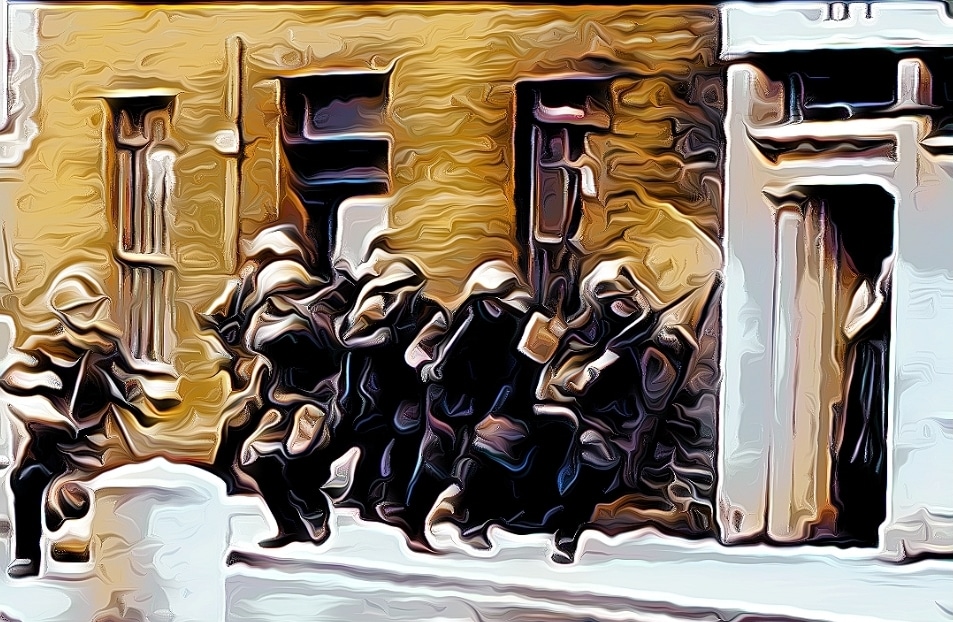
An equally important question is: who instigated the vilification process of the Ballymurphy murder victims? The overwhelming odds are that it was Brigadier Frank Kitson.
Simon Winchester, then a young Guardian journalist, has revealed how Kitson manipulated the media. In a Guardian article in May 2001 he described how, after shooting incidents in Belfast, he would often call Kitson who was his “principal contact at army headquarters”.
Frank and I liked each other. He was an author – a book called Low Intensity Operations had invested him with a certain notoriety too, since it speculated on the possibility the army might one day have to be involved intimately in handling union-inspired popular unrest in the mainland. I rather think he enjoyed dealing with someone who took a somewhat distinctive line over Northern Ireland, as most reporters working for the Guardian in those early days of the crisis certainly did. Whatever his deeper motives – and those I came to realise only much later – Frank was always friendly, candid and, when I had a two-hour deadline for an appearance [on radio or TV] infinitely obliging.
So I would drive to Lisburn, gates would open, sentries would salute, escorts would appear and by 11 o’clock I would be sitting before the dapper little brigadier, all brass, red flashes and obsequious batmen, while he explained the intelligence files, the special branch files, the electronic intercept files on the victim. I would write it all down, thank the good brigadier for yet another small scoop, race back out from Lisburn, screech to a halt outside the BBC studios on Ormeau Road..”

When Winchester would appear on radio he would tell:
the waiting nation more or less exactly what Frank Kitson had told me just a few moments before: the dead man had been the quartermaster/acting section leader/ordnance expert/senior marksman in an active service unit of C company or A company of the 14th Armagh or 9th Monaghan battalion of 2 Div or 6 Div of the Provisional IRA. And his death was a significant blow/stunning setback/mortal wound/lucky break, and would set the IRA’s fighting ability back a week/month/year or, more likely, not one whit.
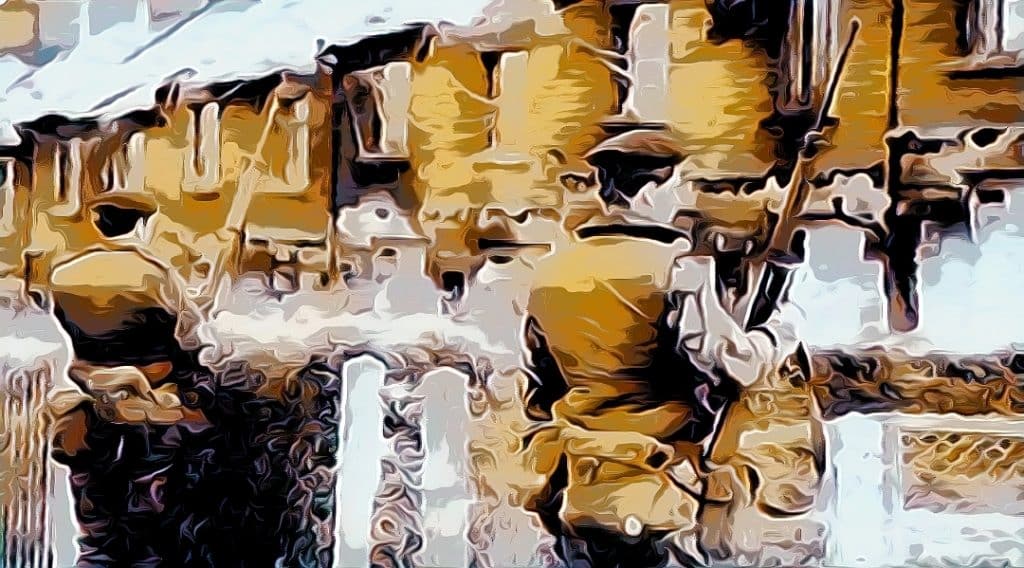
Winchester came to realise he had been misled by the wily Kitson, a man who has always had a difficult relationship with the truth:
For it turned out later that the army’s intelligence was so rudimentary in those days – and may yet be so – that most of what I gaily rebroadcast was, if not a pure figment of the imagination of some superheated British army intelligence officer, then to a very large degree, wishful thinking.
The dead man may or may not have been killed justly, have been associated with the IRA, have played an important role, but his loss was certainly of incalculable importance, army morale was raised, IRA morale vastly lowered, and the appetite of a lunchtime radio audience for good news from Ireland was, if temporarily, sated.

Unlike the Telegraph and other pro-State newspapers, the Guardian was a high value target for Kitson’s machinations. Winchester had pondered the connection:
Why, I have long wondered, did Kitson select the Guardian’s Belfast man to be his spokesman? We, after all, were the enemy. Army memoranda that have recently come to light in the Bloody Sunday inquiry indicated official “disappointment” that despite the best efforts of some, I had been “lost” and “never recovered” – that I had remained critical of British army behaviour, and had refused to fall in with the line more often written for the readers of the conservative papers.
So why Kitson chose me remains a mystery – except for the suspicion that my reports would perhaps seem more credible, coming from a source less evidently tainted. Except, of course, that by appearing so regularly on the radio, and offering a message that in fact was the message of the British army, I was for a brief while, very tainted indeed.
Bearing the foregoing in mind, it is reasonable to ask if Kitson and his minions at Thiepval Barracks were the source of the lies about the victims of the Ballymurphy massacre.

Colonel Derek Wilford who commanded 1 Para (and reported upwards to Kitson) is another demonstrable liar. Within minutes of the Bloody Sunday massacre in Derry on 30 January 1972, he was spewing out blatant untruths about the victims whose corpses littered the Bogside. If he had ever had an honest bone in his body, it must have been surgically removed by Kitson when he arrived in Ireland to serve under him.
4. Lance Corporal David James Cleary, exemplar of the British Army gallantry.
During his murder spree on Bloody Sunday, David Cleary shot Patrick Doherty in the buttock while he was on the ground crawling away from him. As Doherty lay crying out in pain, Barney McGuigan stepped forward with a white handkerchief looking to help Doherty. Cleary dropped to one knee, aimed his rifle and shot McGuigan in the head.

The actions of Cleary and his comrades in the Bogside eventually resulted in two judicial inquiries, Widgery and Saville. Unfortunately, rather than establish a similar vehicle to look into the Ballymurphy Massacre, the British government is taking the opposite approach, namely covering up all of the dirty tricks perpetrated during the Troubles by granting an amnesty to soldiers (and paramilitaries) involved in killings. The people of Belfast and Derry deserve to know how many other deaths Cleary and his associates perpetrated. If a complete list was provided, would it show that any of those shot were acknowledged by the Official or Provisional IRA as members? On the available evidence it seems Cleary’s speciality was murdering non-combatant and unarmed civilians, many of them while they lay on the ground or had their backs turned to him. His ‘mention in despatches’ in the London Gazette has not yet been rescinded. Officially, he represents the gallantry of the British Army.

Cleary’s commanding officer, Brigadier Frank Edward Kitson, received a CBE in February 1972 for his service in Ireland. Ten years later General Kitson – as he had become – served as Queen Elizabeth II’s aide de camp for two years. He also received a knighthood.

David Burke is the author of ‘Kitson’s Irish War’. It can be purchased here:
https://www.mercierpress.ie/irish-books/kitson-s-irish-war/
OTHER STORIES ABOUT BLOODY SUNDAY, THE BALLYMURPHY MASSACRE, BRIGADIER FRANK KITSON AND COLONEL DEREK WILFORD ON THIS WEBSITE:
The covert plan to smash the IRA in Derry on Bloody Sunday by David Burke
Soldier F’s Bloody Sunday secrets. David Cleary knows enough to blackmail the British government.
Colin Wallace: Bloody Sunday, a very personal perspective
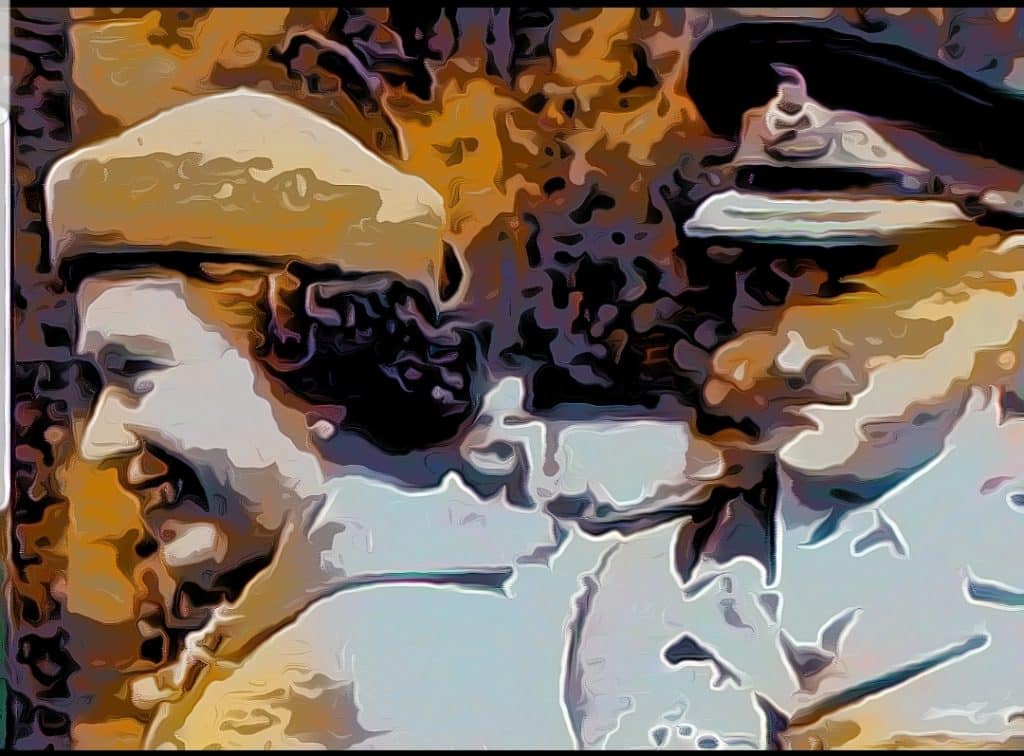
A Foul Unfinished Business. The shortcomings of, and plots against, Saville’s Bloody Sunday Inquiry.
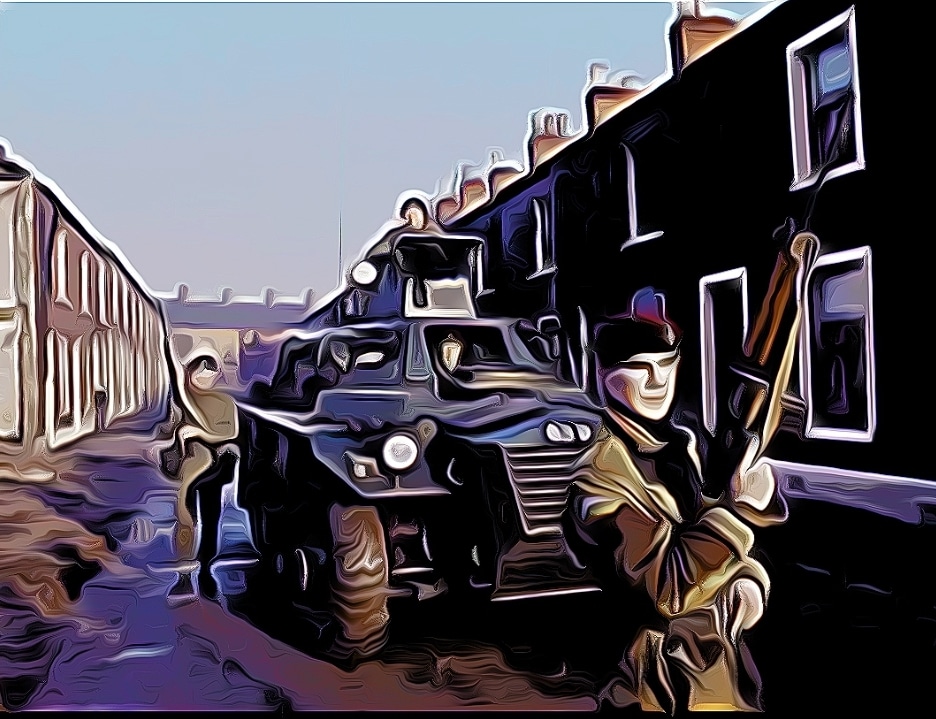

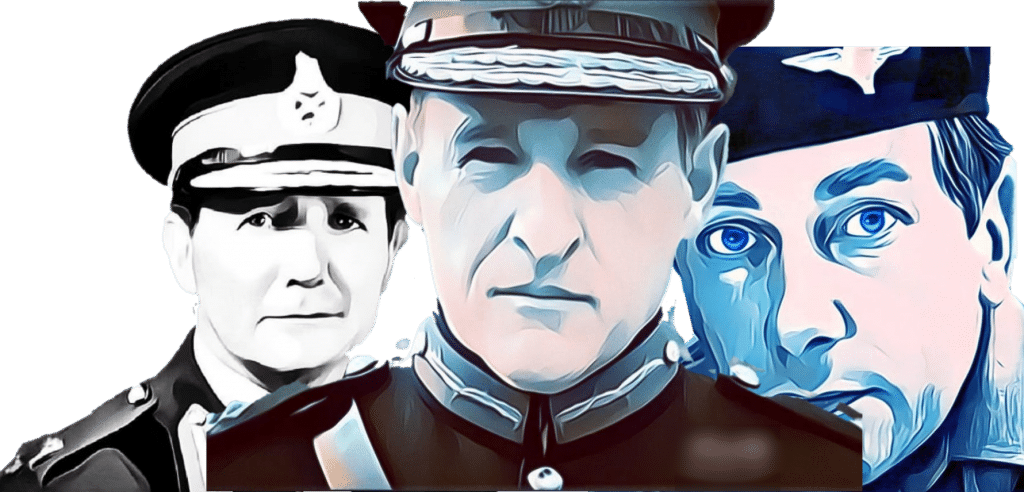
Soldier F, the heartless Bloody Sunday killer, is named.
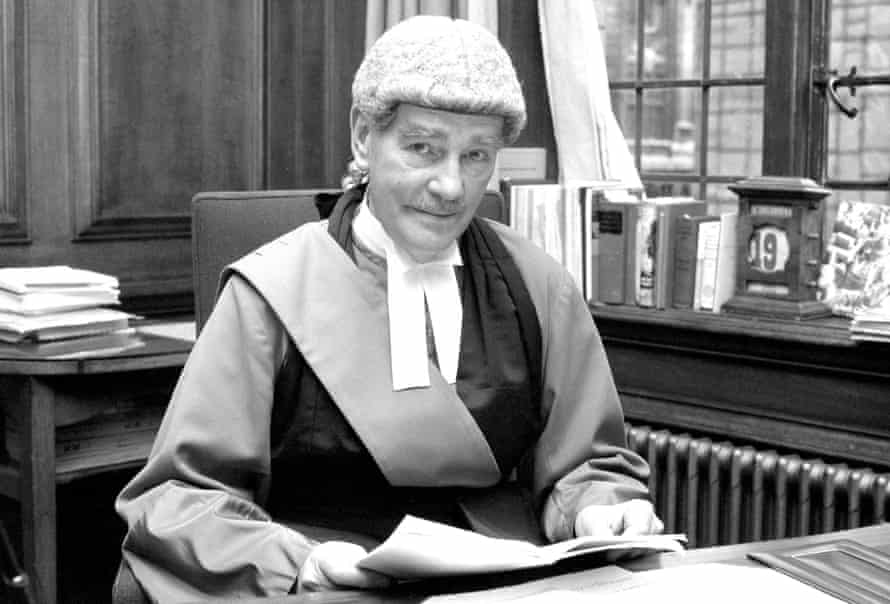
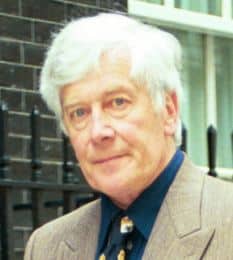

Brigadier Kitson’s motive for murdering unarmed civilians in Ballymurphy.
